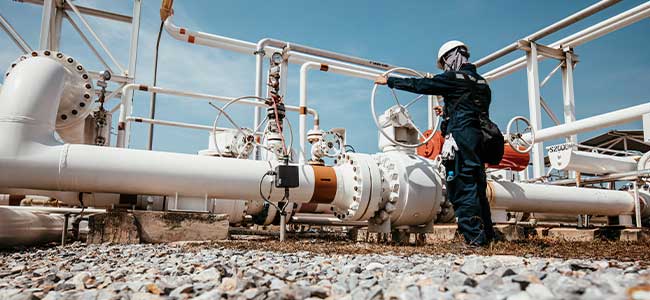Automation Could Be the Key to Your Oil and Gas Lone Workers’ Safety
Employers in the oil and gas industry need to leverage automation to enhance the safety of lone workers, who face significant risks in remote and isolated job sites.
In May, a 61-year-old man was working on an Alaska oilfield when he was killed by a front-end loader. Sadly, tragic incidents like this are all too common in the oil and gas industry, which is known for the high-risk and highly dangerous occupational safety hazards that its workers must regularly face.
Between 2015 and 2022, more than 2,000 severe work-related injuries were reported to OSHA by the oil and gas industry with researchers finding that, even though they “represent a small proportion of the U.S. workforce, these workers are consistently overrepresented in reports of work-related injuries, illnesses and fatalities.”
On a daily basis, this small percentage of the overall workforce puts their lives and well-being at risk to help provide lower energy costs for Americans, keeping our communities and businesses alive and running. While small in comparison to other sectors, oil and gas extraction employs nearly 130,000 people, with many already working alone. This includes those who staff various positions in the sprawling oil and gas processing facilities and plants as well as field workers performing different jobs at remote locations to which they may also have travel alone.
To help protect oil and gas workers working in remote, isolated locations, employers need to leverage technology and the latest innovations in occupational health and safety like advanced automation in several important areas. Automated technologies can help address many significant safety hazards these people unfortunately experience, making their work environments safer and more secure.
A Dangerous Industry
Like many other industries, the major safety hazards they face can include explosions and fires, vehicle accidents, toxic gases and chemicals, impact from heavy equipment and slips and falls. Employees working alone are at more risk because help may not be accessible should they need it in an accident.
Lone workers in the industry, such as oil field operators and pipeline technicians, can be more at risk of being harmed by these hazards due to the challenge of providing emergency help from one of the serious hazards mentioned above. Due to their isolated circumstances, communication and requesting help can be a challenge, but locating their exact location to send this help can be a major safety issue as well, especially out in large areas of remote oil fields across Texas and New Mexico. The challenges in communication and location tracking can significantly impact the response times and outcomes in an emergency. Additionally, working alone and in isolation may take a toll on the worker’s emotional health, impacting their work and overall well-being.



